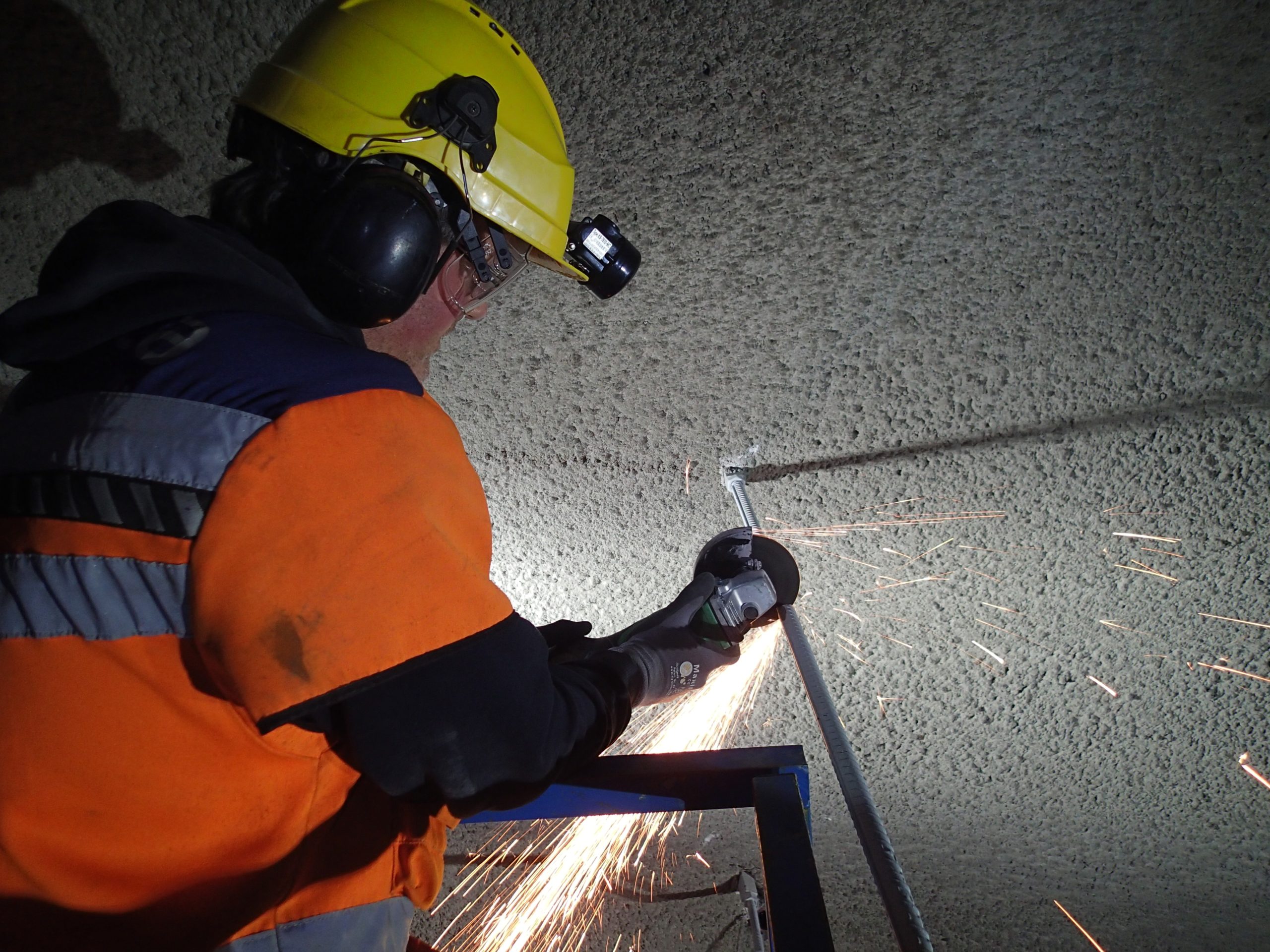Exposure Assessment, Diagnosis and Follow-up of Hand-arm Vibration Syndrome

About this course
What are the mechanical properties of hand-arm vibration exposure and what do we know about how it is transferred to (and through) human tissues? What do we know about the potential signs and symptoms it may cause in humans?
This is a complex subject which includes several disciplines including physics, biomechanics, anatomy and neurology. It is a multidisciplinary subject with much development over the last years and still containing knowledge gaps to be explored. There is still a high degree of uncertainty related to exposure assessments, and there is no universal consensus on choice of diagnostic methods.
What do we currently know, and what do we not know? What is best practice today? This course aims at presenting up-to-date evidence-based knowledge on risk assessment, diagnosis and follow-up of HAVS.
Price information
The price of the course is EUR 225 and will be invoiced after the registration deadline.
It is possible to pay the course by invoice or credit card.
Course objectives
To present up-to-date evidence-based knowledge on risk assessment, diagnosis and follow-up of HAVS. To increase cooperation and build network between skilled professionals in the field of occupational medicine, in the Nordic countries.
Main Topics
- Exposure assessment
- Risk assessment
- Diagnosis and classification of HAVS: The staging of vascular and neurological symptoms
- Quantitative tests
- Consensus/Gold standard
- Follow-up of HAVS
- Guidelines on continued vibration exposure and work
- Treatment
Target groups
- Medical doctors in occupational health departments or services
- Occupational hygienists in occupational health departments or services
- Researchers
Subject background
In the previous decade, the scientific literature on HAVS has grown and experience has been gained in its practical application. New knowledge about dose-response between exposure and quantifiable clinical signs are emerging. This is in part caused by developments in test equipment and standardization which enables a more objective assessment of the neurological component of HAVS. This opens up the possibility of early prediction of individuals which are at risk of acquiring HAVS.
There is still no full consensus regarding diagnostics of HAVS. However, recent literature shows there is much agreement regarding the most common diagnostic tools.
General course fee and cancellation information
The courses and workshops vary in price. The course fee is invoiced after the registration deadline.
Cancellation policy
Cancellations received by September, 7th 2023: full refund
Cancellations received by September, 8th 2023 or later: no refund
The total price of the course will be invoiced after the registration deadline.
The price is subject to minor changes.
Contact person
Course leader
Thomas Clemm, PhD, Physiotherapist and Occupational hygienist, National Institute of Occupational Health (STAMI), Norway
email: thomas.clemm@stami.no
In practical matter, please contact:
Project Manager & Quality Assurance Advisor
Cecilia Weckman
NIVA
email: cecilia.weckman@niva.org











